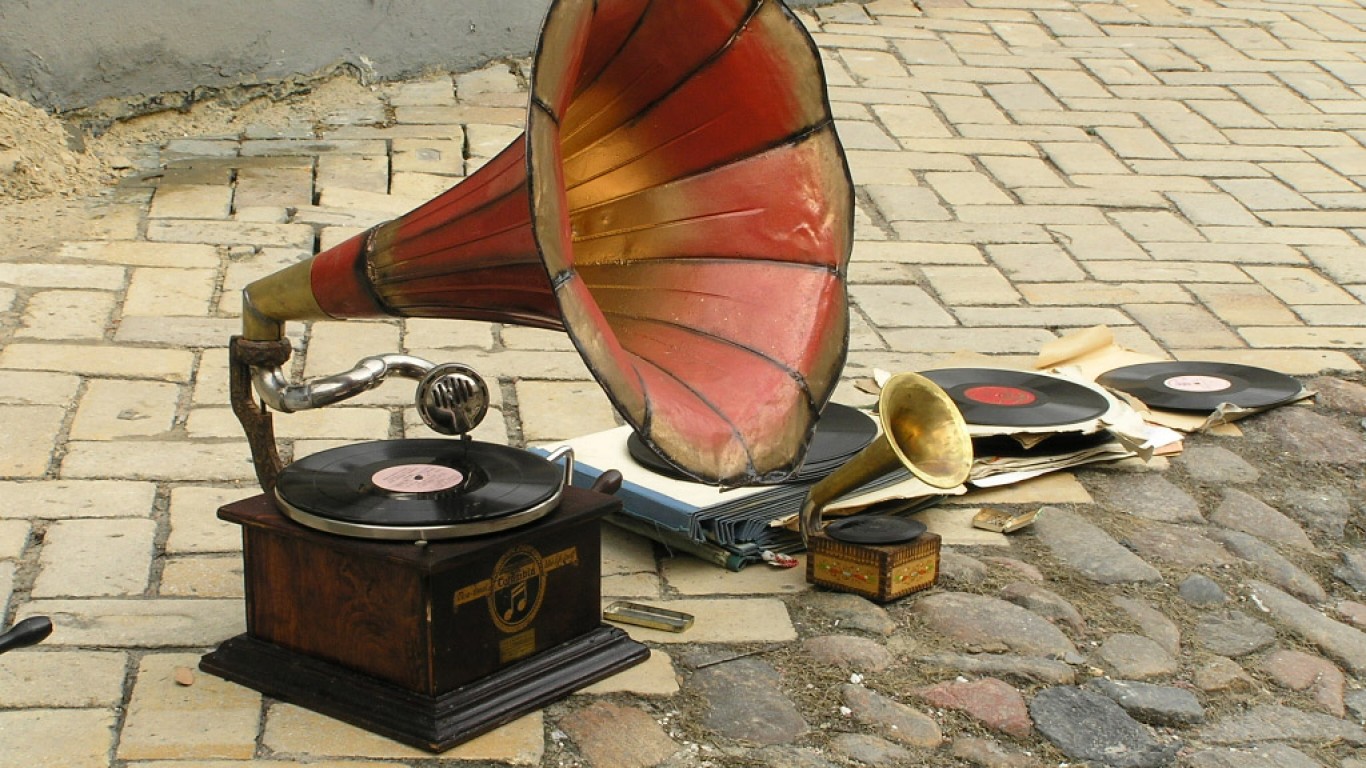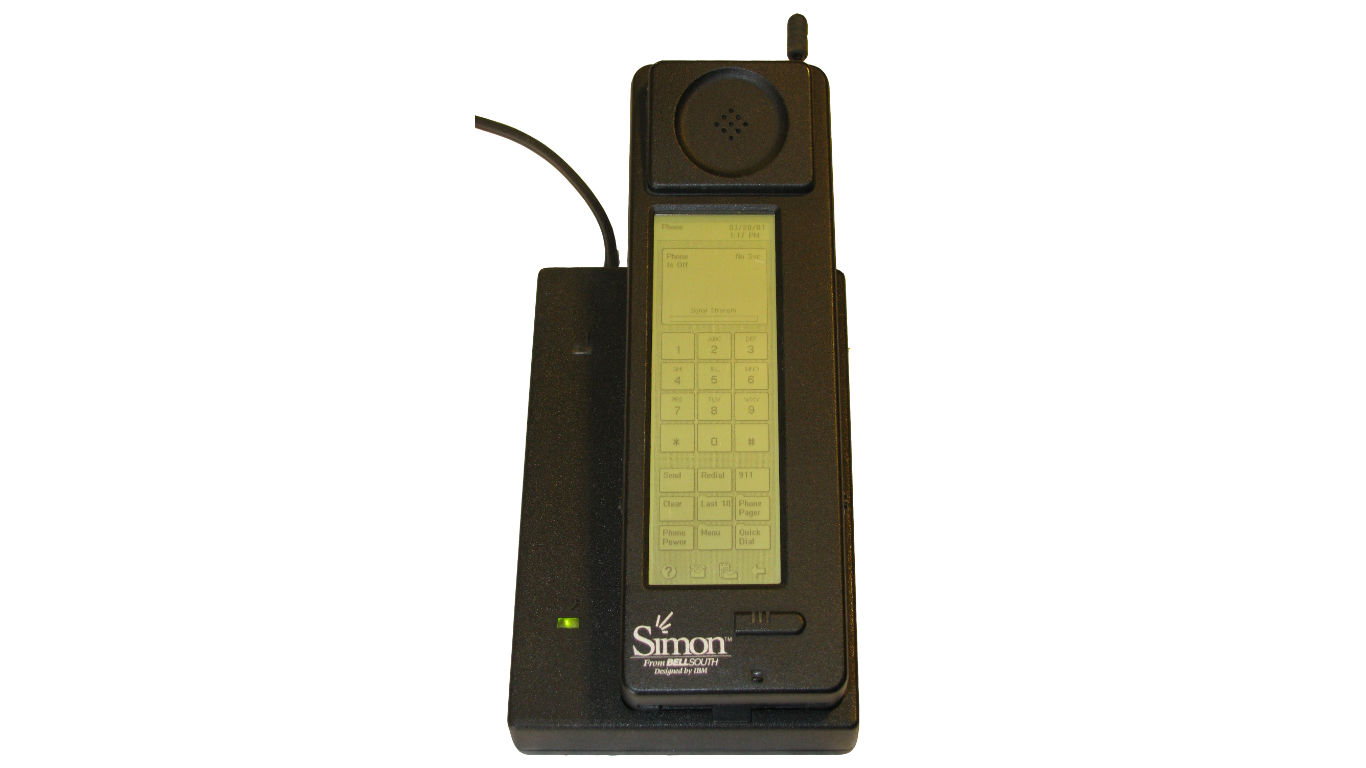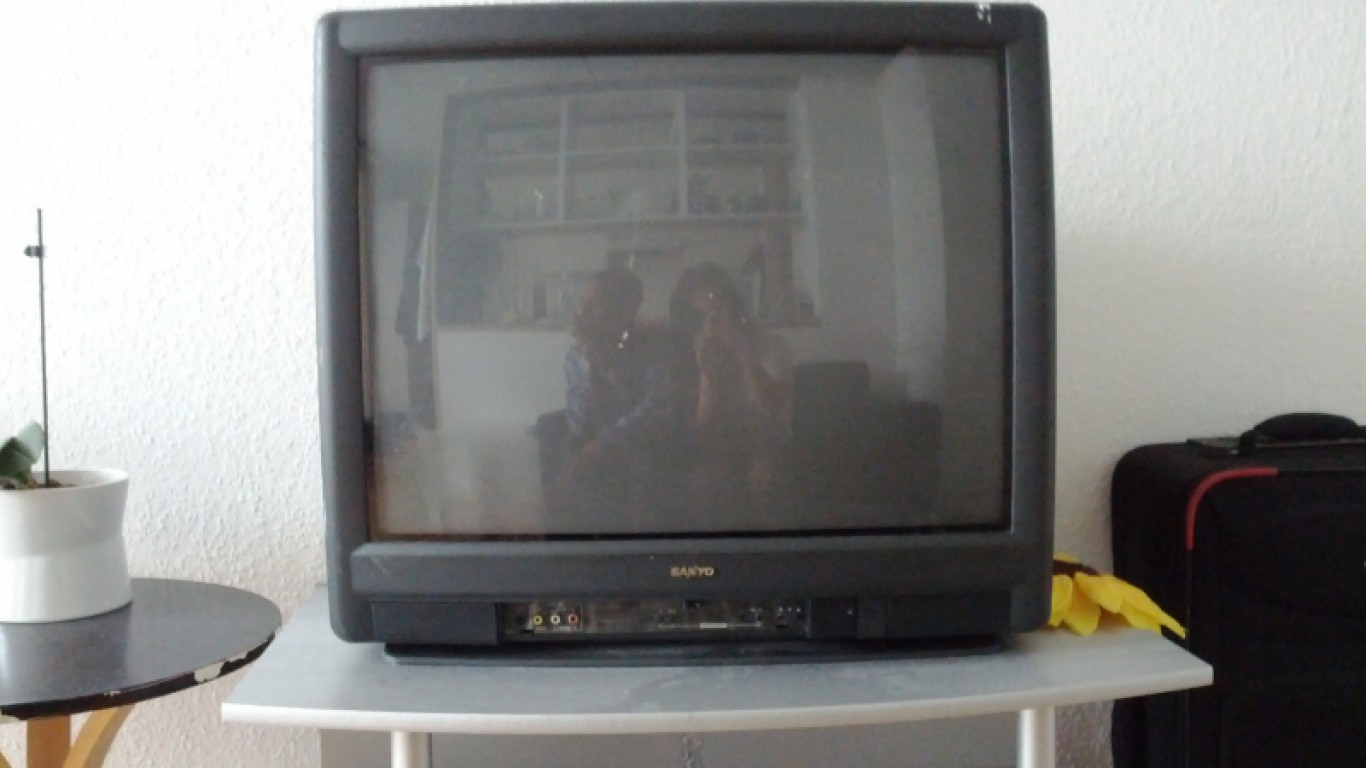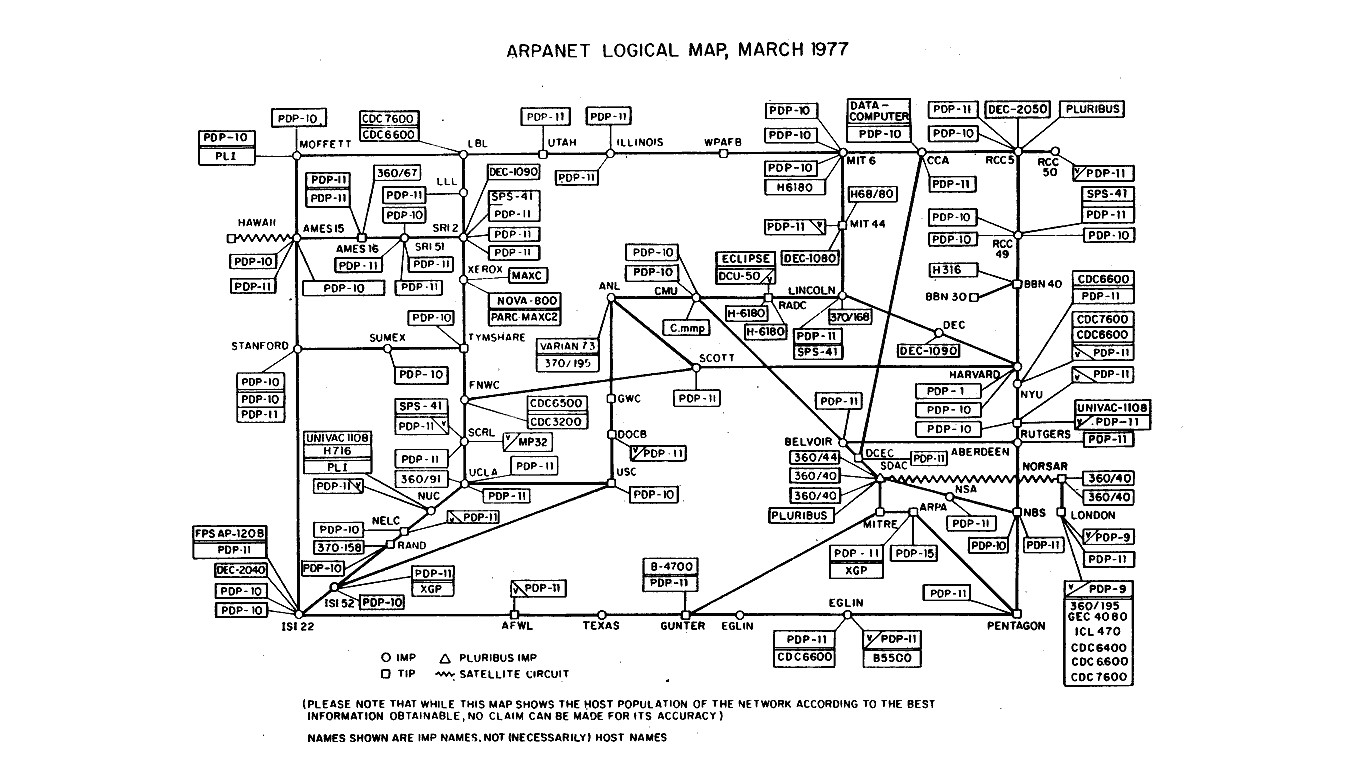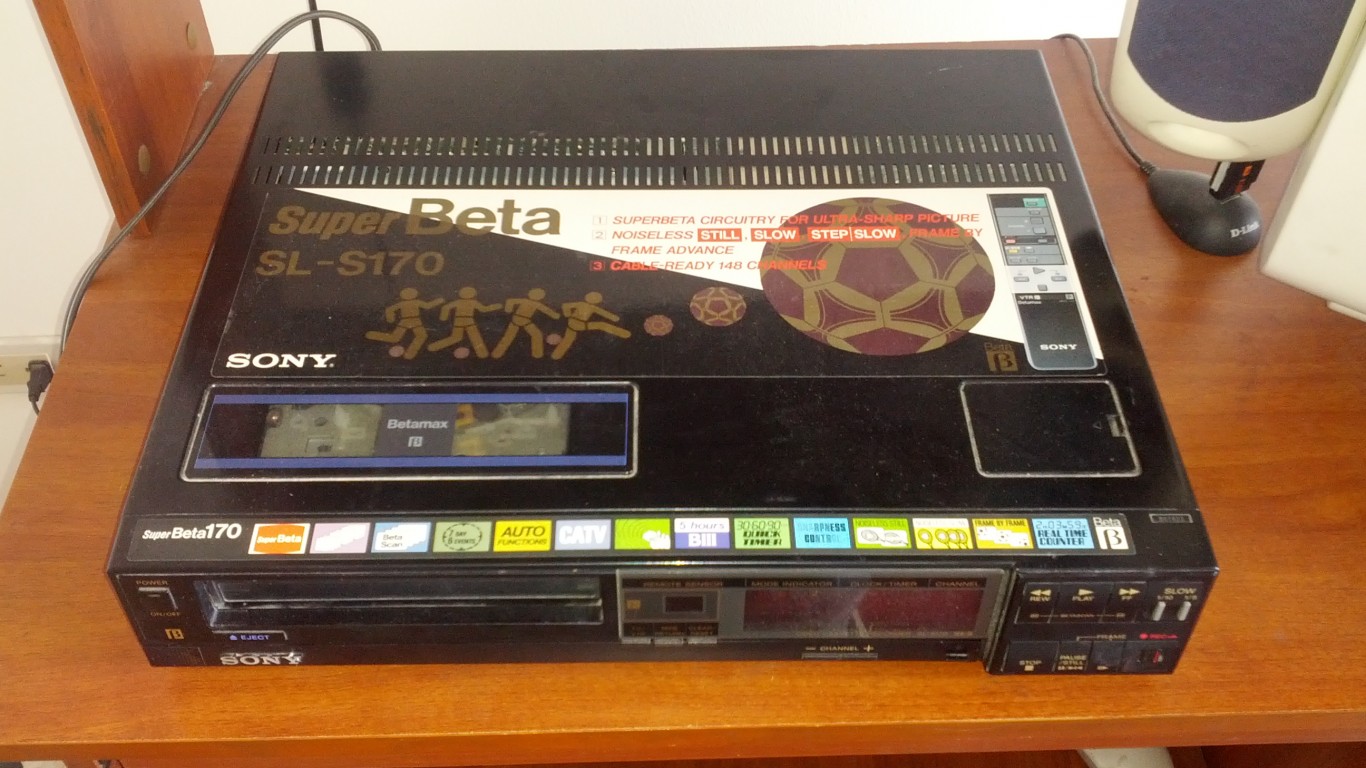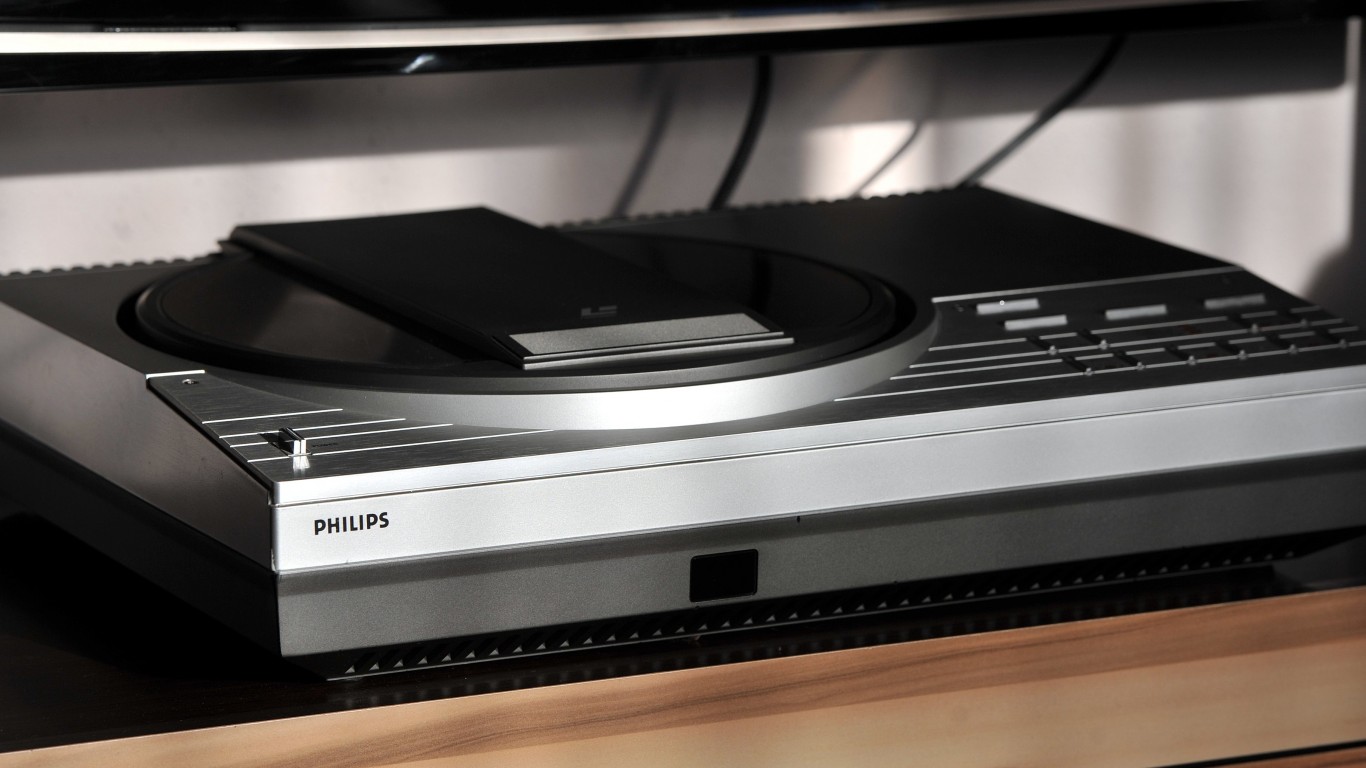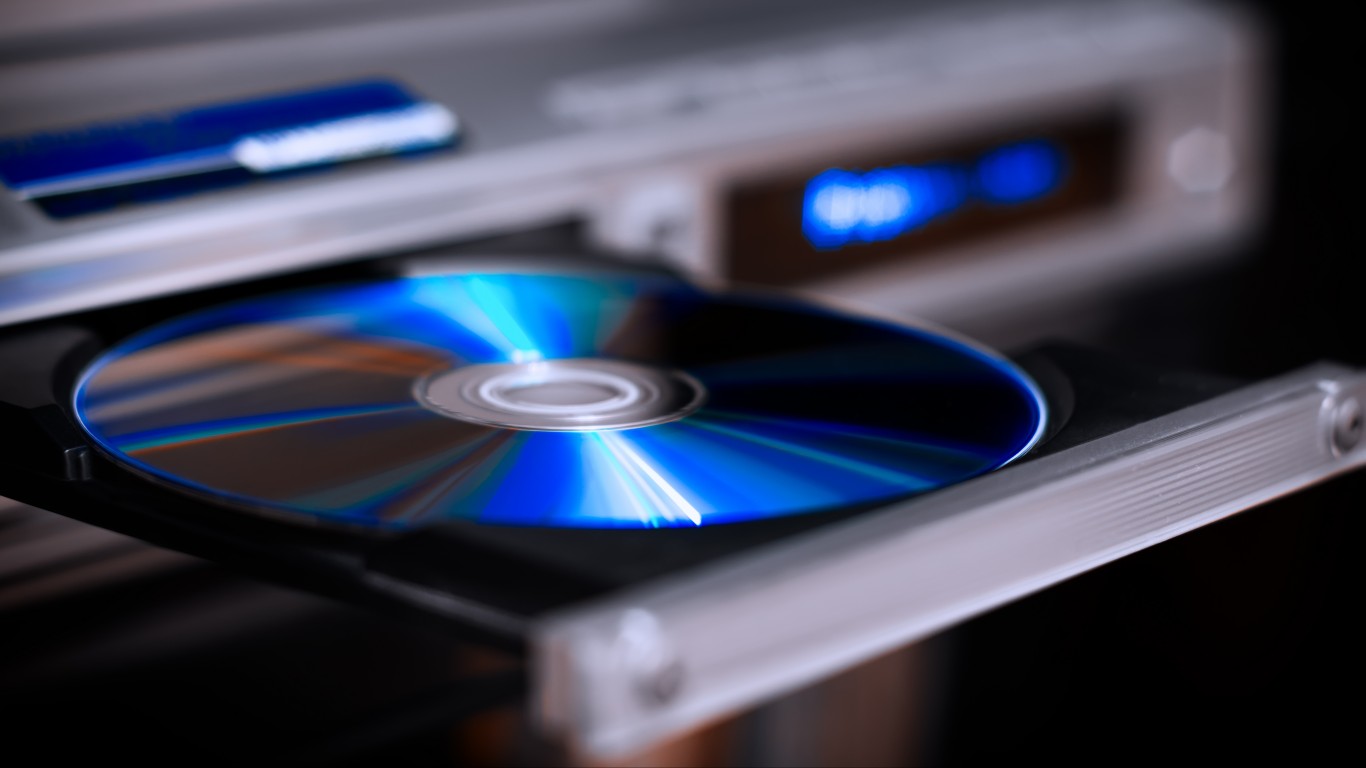
Most of the technologies we use today, especially the smartphone, have completely taken over what were considered pioneering devices just a few decades ago. But almost every gadget today has an early version that changed the way people live.
Advances in design and technology have removed original products from the market but not from history. To compile this list of pioneering inventions that hardly anyone uses anymore, 24/7 Tempo reviewed company websites, reference materials, and media sources. We considered products that were invented mostly over the last 150 years and that have significantly changed the way people perform a task or communicate.
The thought of the smartphone being cutting-edge technology may make teenagers laugh, but there was a time when people didn’t have everything available at the touch of a button. Long-distance communication was unheard of, and listening to music on the go was a novel concept.
Though there are many fairly recent inventions we have all but forgotten, many of today’s cherished ideas, tools, and even foods can be traced back to the ancient world. Here are 20 ancient inventions we still use today.
Click here to see the modern inventions we no longer use
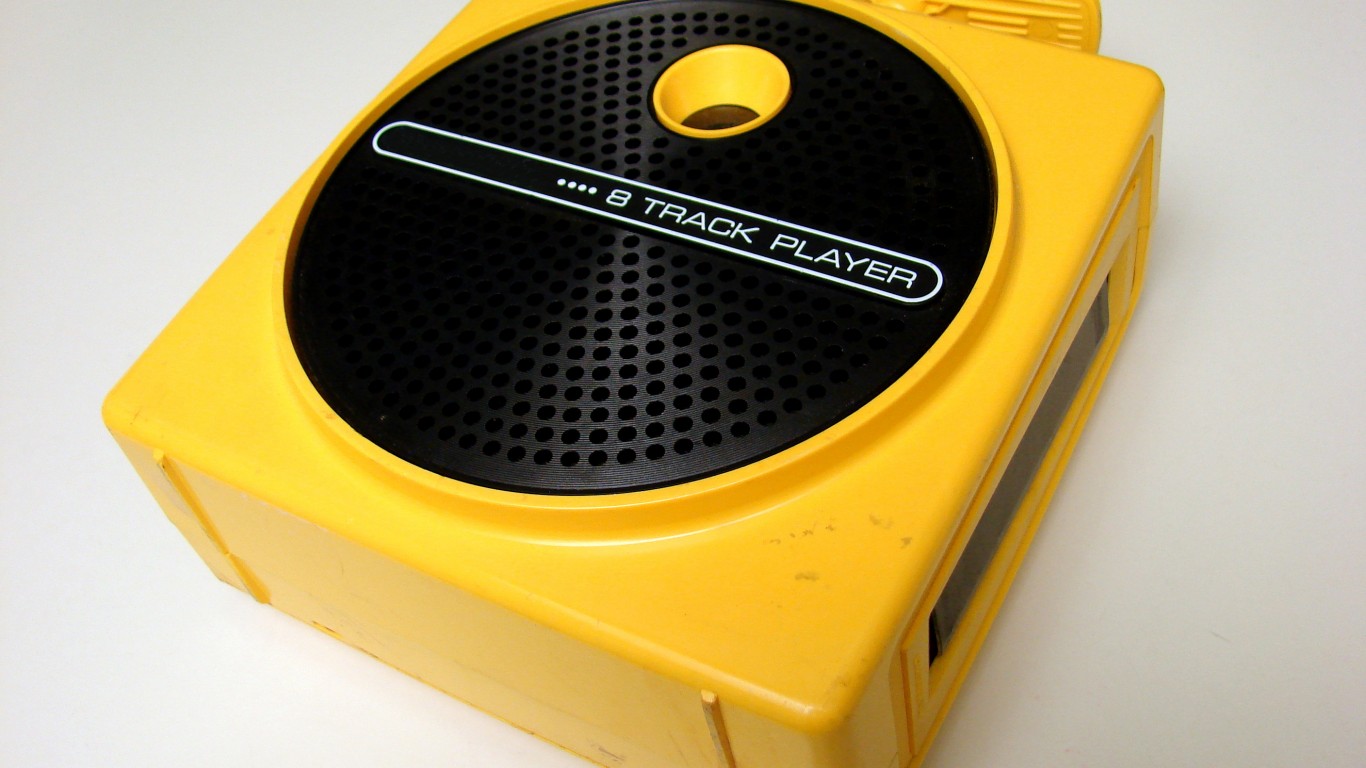
1. Stereo 8
Stereo 8 was the official name, but most people, if they still remember it, know it as the 8-track tape. This is what millions of Americans used in the 1970s to listen to music on the go. Then the cassette tape took over, and by the 1990s the 8-track tape was pretty much an antique.
[in-text-ad]
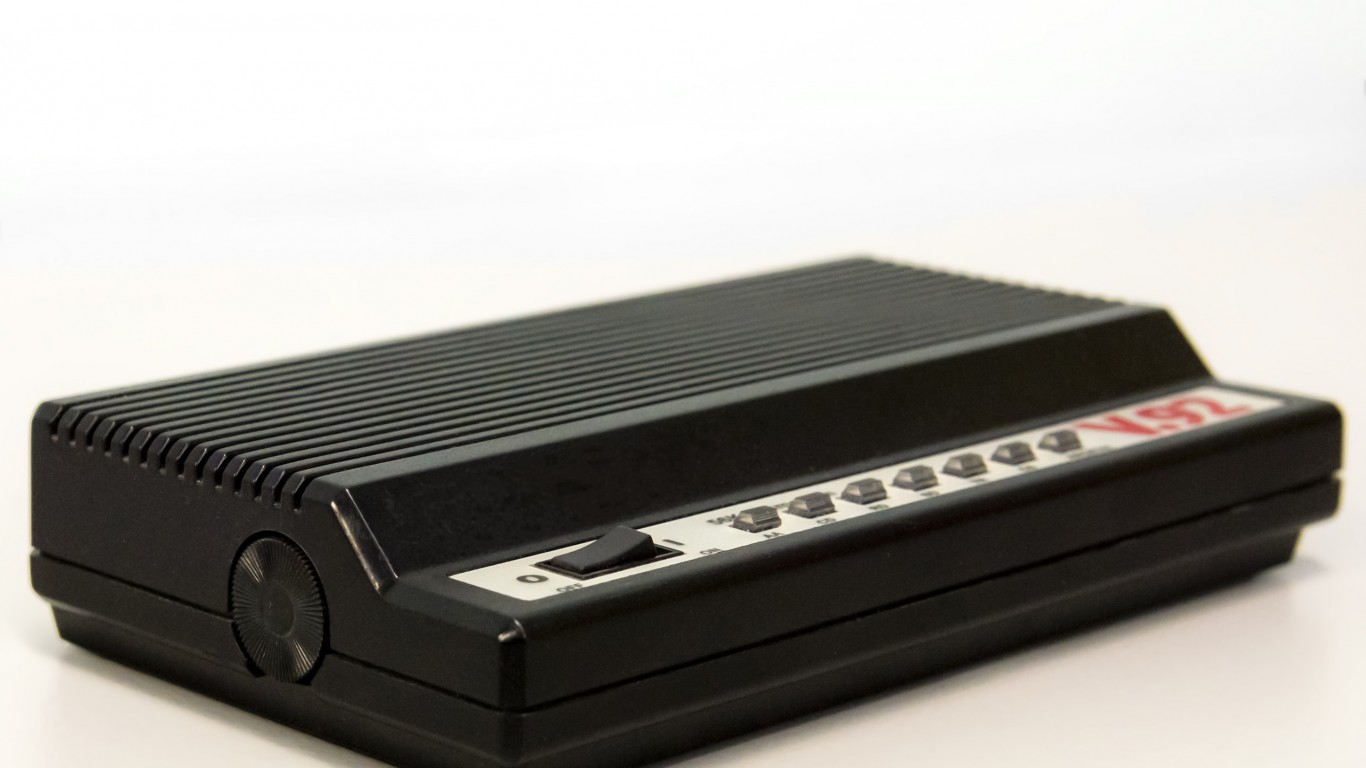
2. Dial-Up Modem
Before cable internet and WiFi Americans used their analog telephones to connect to the internet. After dialing a number, the computer would use the modem, short for modulator-demodulator, to send and receive information to another computer. The downside was that the connection was often slow and often breaking/interrupted. Of course, the phone could not be used at the same time to make regular calls.
3. Wang calculator
The Wang calculator revolutionized electronic calculators. Invented in the early 1960s, it made it possible for people to do complicated math, including square root and raising numbers to powers. They looked like mini-computers.
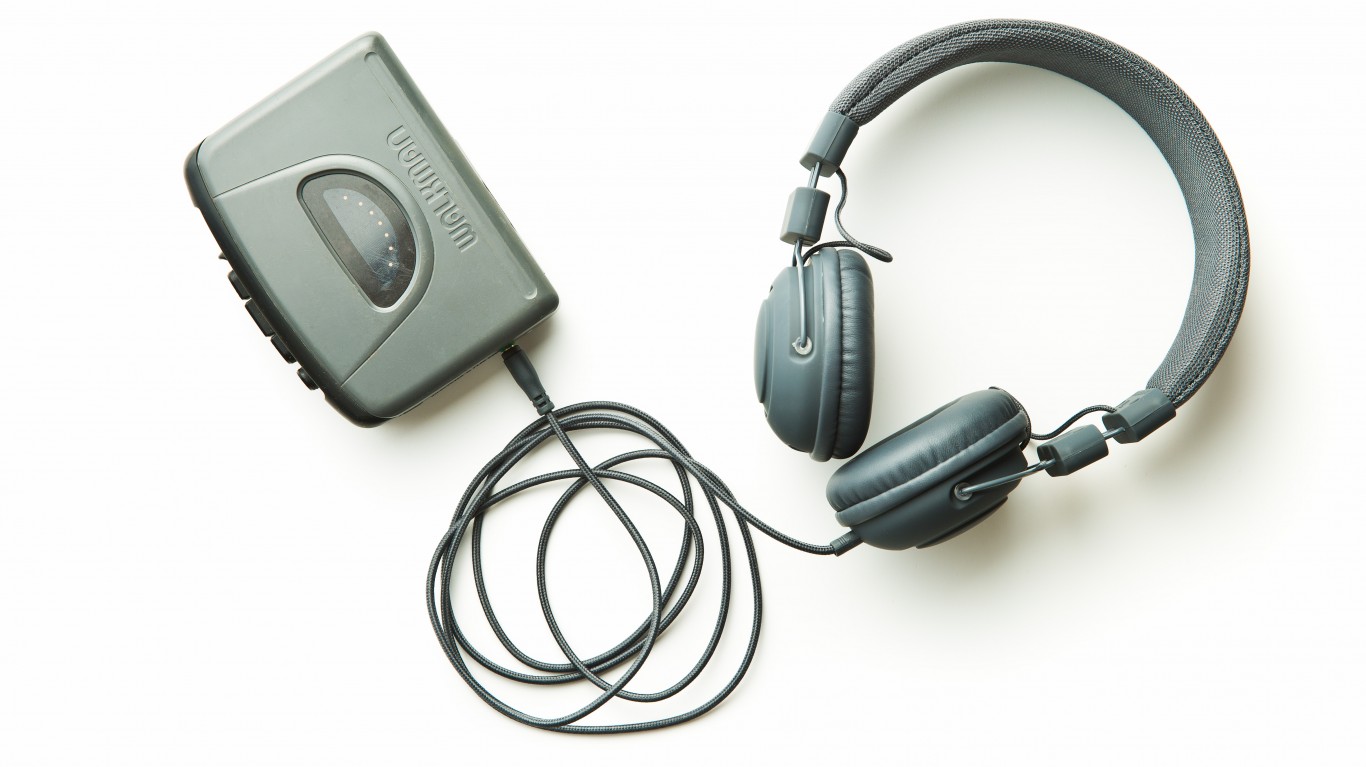
4. Walkman
Remember when rewinding and fast forwarding took longer than an instant? Walkman players, which played cassette tapes, were the it thing in portable music, selling 400 million devices, way before the iPod. When kids today tried to use a Walkman, they couldn’t handle them, finding them hard to operate.
[in-text-ad-2]
5. Portable TV
Portable televisions were never as big of a hit as, say, the Walkman, because of their limited number of channels. They were used in the 1960s and 1970s. Sony was the first company to mass-produce the device and put it on the market. It was called Sony Watchman.
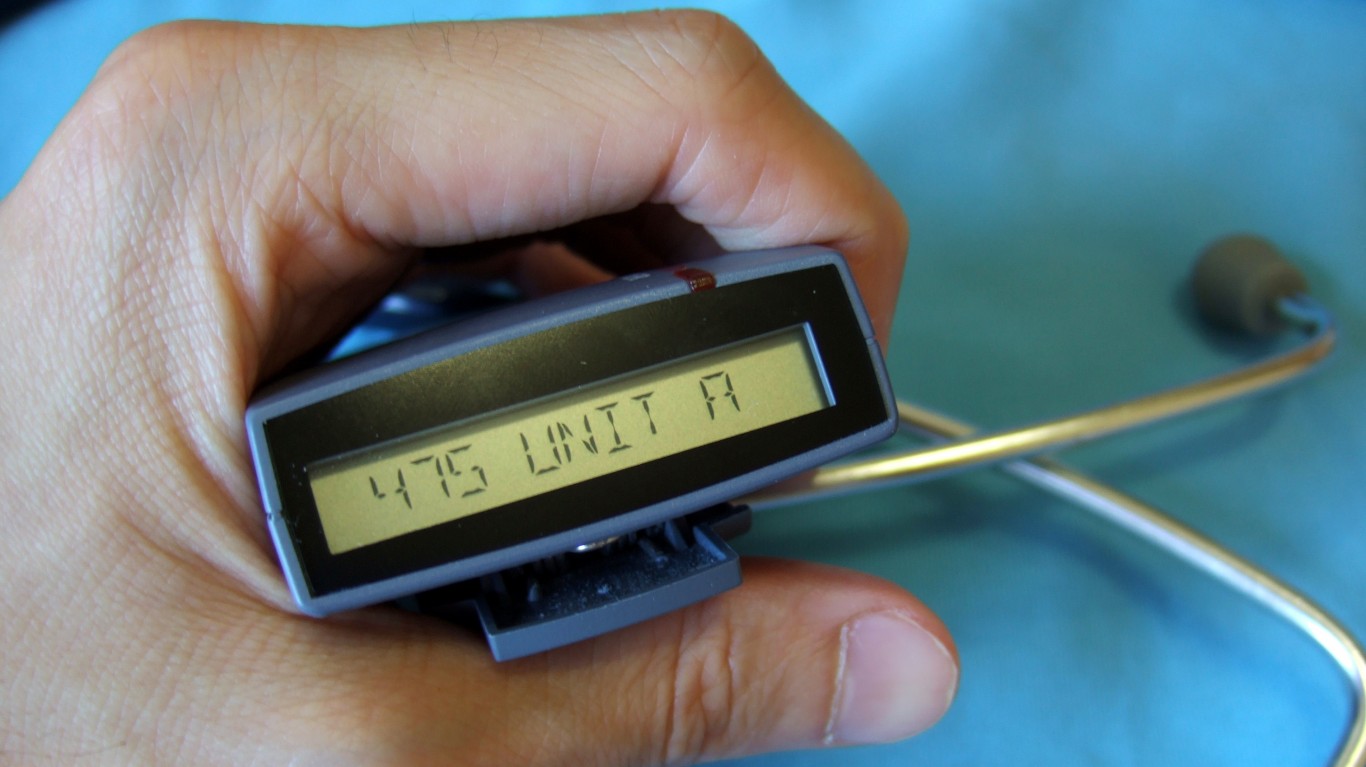
6. Pager
Before cell phones, people used pagers, also called “beepers,” when they needed to reach someone right away. The paging system forwarded incoming calls or emails to the pager in the form of a number to call or text message. Pagers remain one of the most reliable forms of communication available, and some doctors still use them. There is no delay in delivery, the network doesn’t get overloaded, and there are no dead zones.
[in-text-ad]
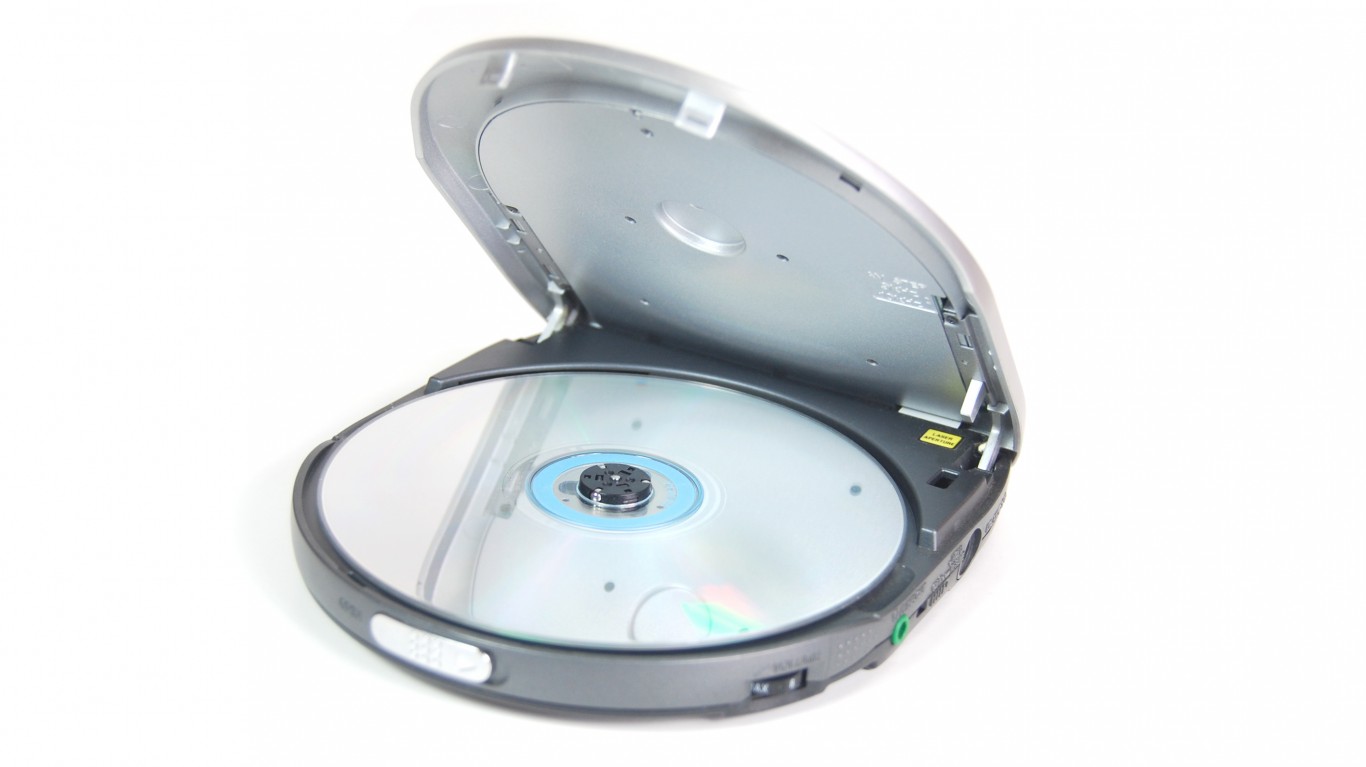
7. Discman
Those who liked to listen to music on the go had a discman. Portable CD players were first invented in 1984 by Sony, and they really took off in the mid-1990s. Compared to what’s available today, some may think Discman players were too limited because because they could only play one CD at a time and required carrying more CDs for more music variety.
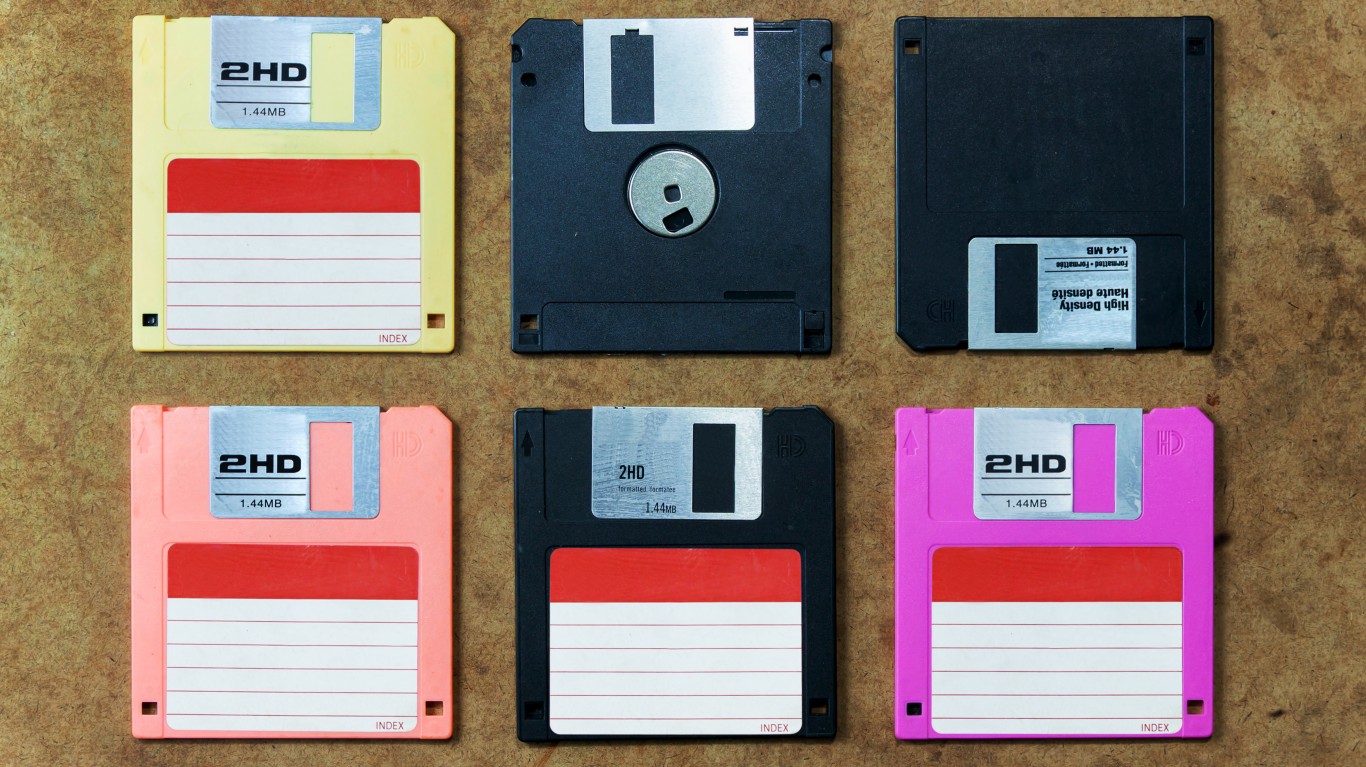
8. Floppy Disk
Way before the cloud, thumb drives, and other portable memory devices, there was the floppy disk drive. Now basically an antique, it was popular in the 1980s and 1990s. As is the case with most personal computing devices, the memory has increased with time. In 1991, for example, floppy disks could hold up to 2.8 MB — enough for the simple text files of the time, but today barely enough for one or two photo attachments.
9. Gramophone
You may know the gramophone by another name — the phonograph. Created in 1877, this was Thomas Edison’s favorite invention. It was the first kind of a recording and playback device. Edison used tinfoil-coated cylinders to record sound. A century later, the gramophone was replaced by the much lighter record player.
[in-text-ad-2]

10. VHS
The Video Home System, or VHS, was an invaluable part of every household’s living room when people realized they can actually finally record video. VHS could record up to six hours and users could fast-forward and rewind — unheard of features until then. The first home video recorder came out in 1965. The Sony VCR used a reel-to-reel format and could record only in black and white.

11. Typewriter
What is known as the first practical typewriter was invented in the second half of the 19th century. The writing speed using a typewriter was much faster than using a pen. The first typewriters for mass sale were put on the market in 1874. Nowadays, people just type on their computers or dictate text into their phones. In a few decades, the need for typing in general may disappear as voice-to-text becomes even more widespread.
[in-text-ad]
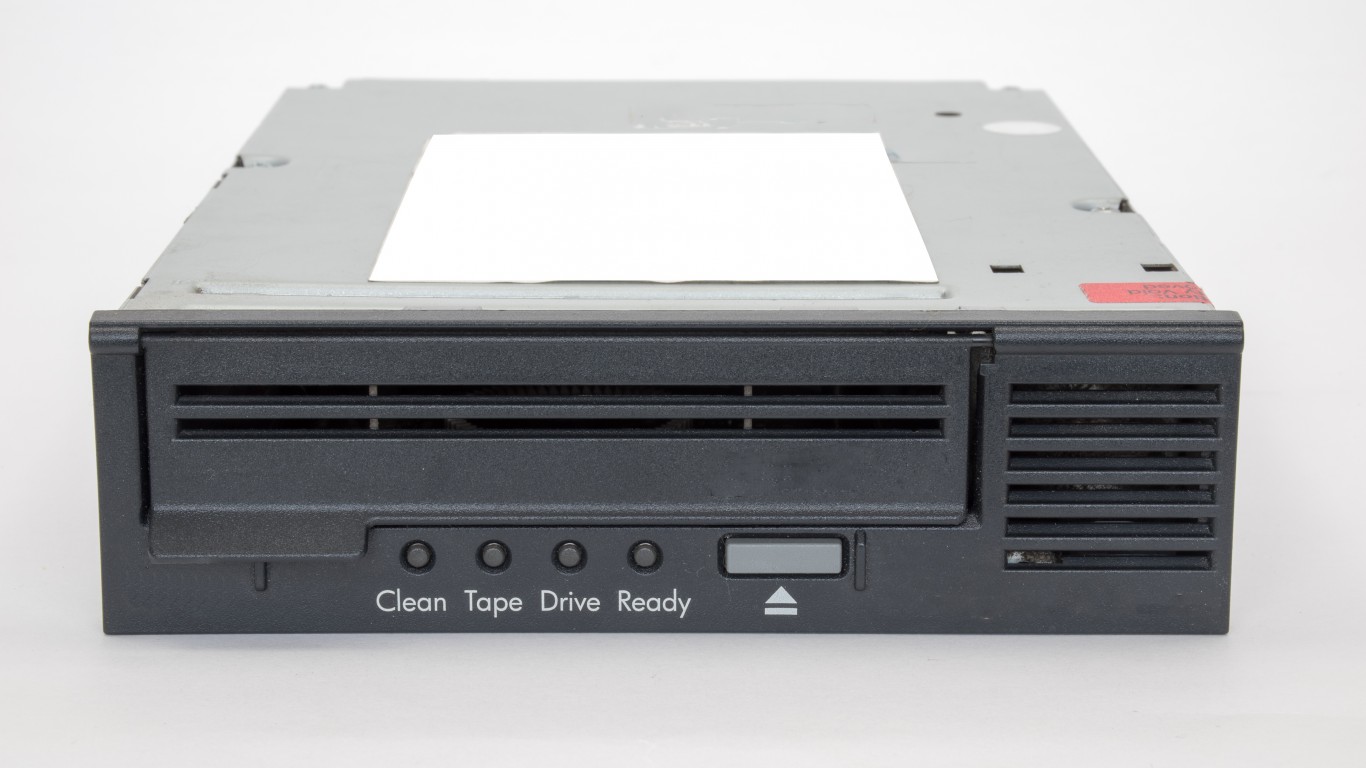
12. Tape Drive
Believe it or not, there was a time when you had to basically wait all night to back up whatever information you had on your computer. The tape drive was a data storage device that stores data on a magnetic tape. The tape drive was a data storage device that stores data on a magnetic tape, and the operation took what today’s generation would consider forever. You had to always start from the beginning and roll down until you’d find the file you wanted.
13. IBM Simon
The Simon was the first smartphone. It was invented in 1992, long before people even started using the term “smartphone.” It was the world’s first touchscreen phone, the iPhone would come out 15 years later, in 2007. Simon became available for sale in 1994. Yes, it could send emails. It was the beginning of modern-day super smart gadgets.

14. Boombox
If you have seen music video from the 1980s, you’ve probably seen people walking around with a boombox listening to music. It was a popular all-in-one music device even though it was big, heavy, and required frequent replacement of batteries. You can still buy this kind of music players, but today they are much smaller and cheaper.
[in-text-ad-2]

15. DVD
Invented in 1993, DVD players actually outsold video recorders for the first time in 2002. They became obsolete when online streaming took over. Though DVD and Blu-ray players are still available in stores, the technology is fast becoming obsolete — especially as millennials and gen Zs are becoming the main consumer market.
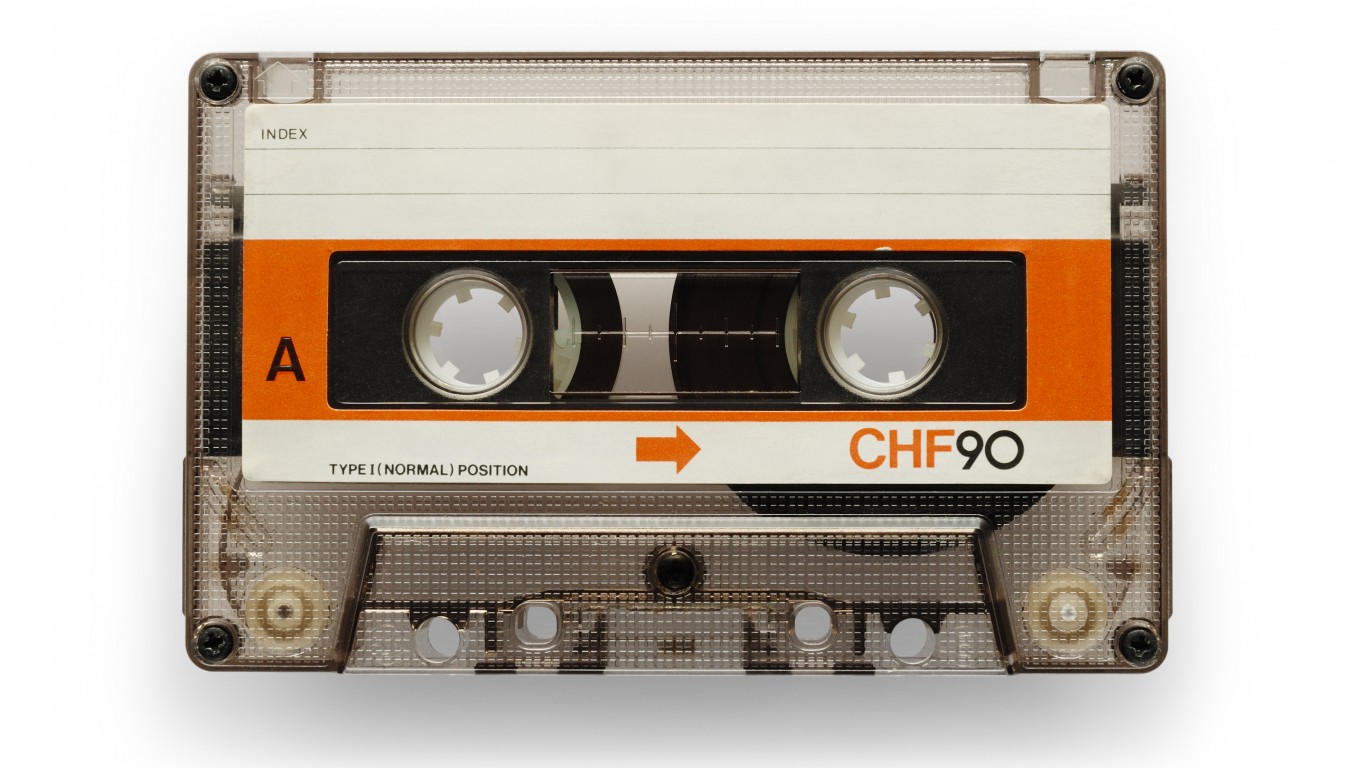
16. Cassette tape
The first audio cassette, most commonly known as the tape, came out in 1963 — and for the first time anyone, not just sound engineers, could make recordings. Cassette tapes, though certainly not as popular as during their heyday in the last century, are not dead. For nostalgic or artistic reasons, some people prefer them over downloads.
[in-text-ad]
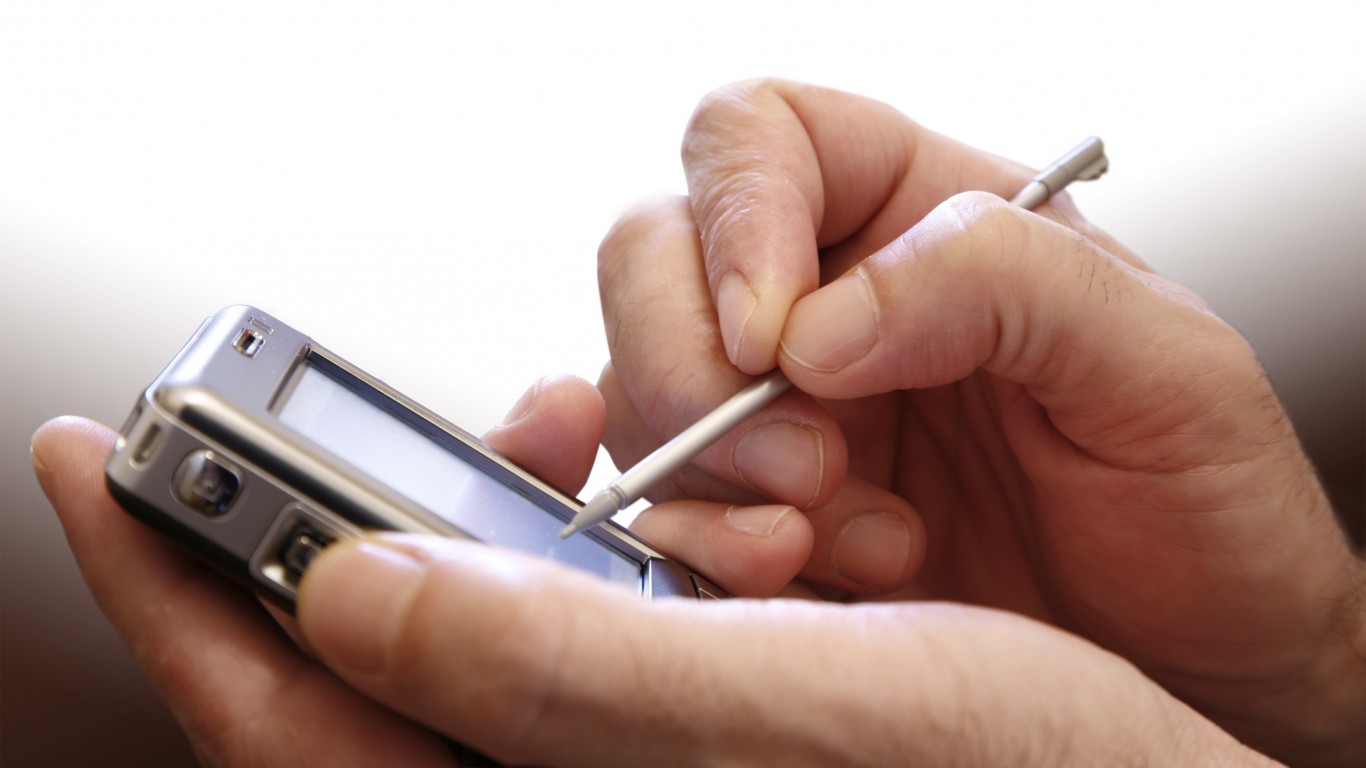
17. PDAs
Before there were apps to remind us of tasks and help manage our days — as well as apps to organize all other apps we have downloaded on our phones — there were personal digital assistants (PDAs). They had it all — WiFi, pen-based keyboards, even voice recognition. They could even send a fax. They became obsolete in the 2010s as smartphones, which were smaller and lighter, became more powerful.
18. CRT TV
CRT stands for cathode ray tubes. In the age of flat-screens TVs that seem to be getting thinner, wider, and smarter with every update, it’s hard to image that once televisions were just CRT monitors. In the 1960s, almost every American household had a CRT TV. Sony stopped making them in Japan in 2004 and everywhere else by 2008. Today, the best place to see a CRT TV is in a museum or video game tournaments.
19. ARPANET
The Advanced Research Projects Agency Network, invented in 1969, was an experimental computer network. Some people would call it the very beginning of the internet. Funded by the Department of Defense, its purpose was to connect computers at research facilities funded by the Pentagon. ARPANET hasn’t been in use since 1982.
[in-text-ad-2]
20. Betamax
Betamax and VHS competed for a share of the recording market in the 1980s. Invented in 1975 by Sony, the heavy analog machine could record audio for up to an hour. The company announced it would stop producing Betamax tapes relatively recently, in 2016, even though the format has not been popular since the VHS format was invented and took over the market.
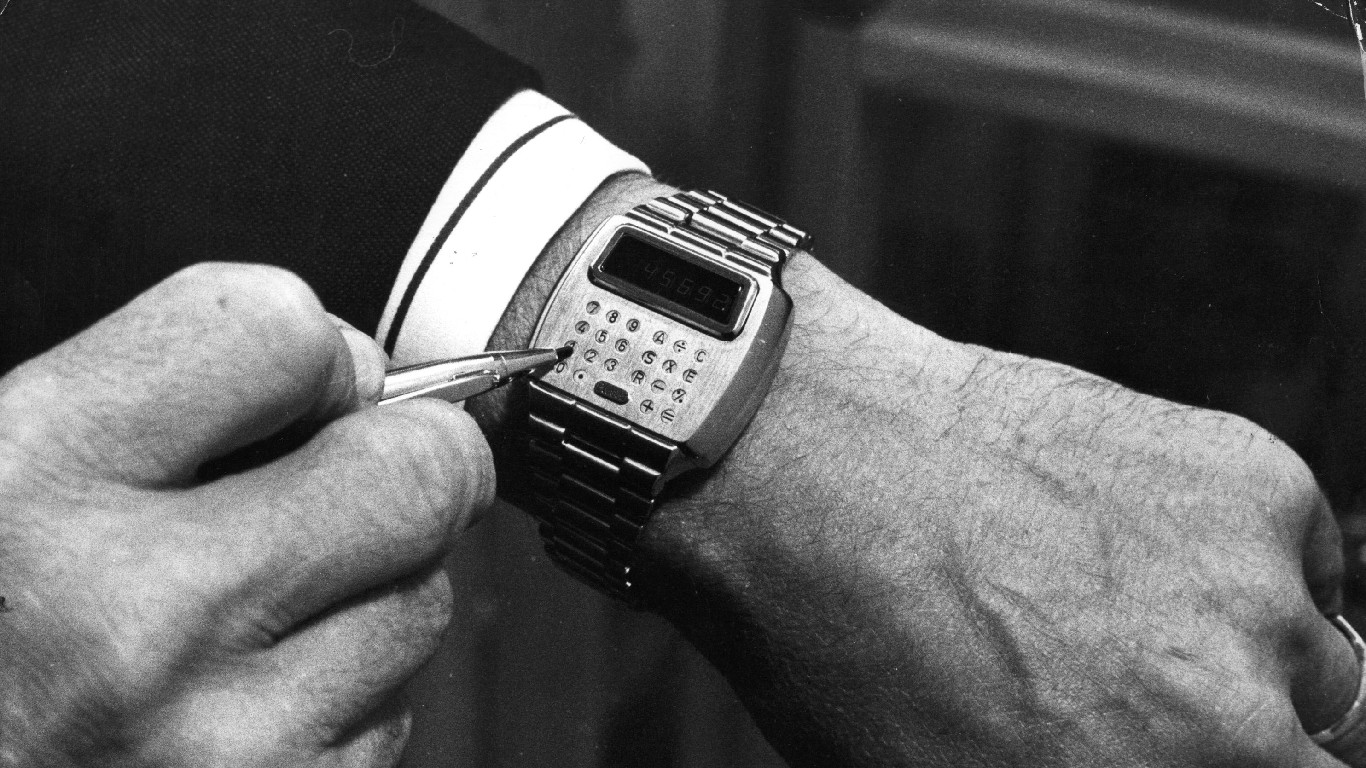
21. Calculator Watch
People have been trying to make the watch more than just a watch for decades. Before it was a phone, it was a calculator in the 1980s. It was a very popular device among tech savvy people. Even Marty McFly from “Back to the Future” wore one.
[in-text-ad]
22. LaserDisc Player
Until the DVD was created, people who had the money used a LaserDisc Player, or DiscoVision as it was named in 1978. It was an optical disc with a 12” diameter that contained analog audio and video. LaserDiscs were created with the intention to sell movies at a cheap price for people to watch at home.
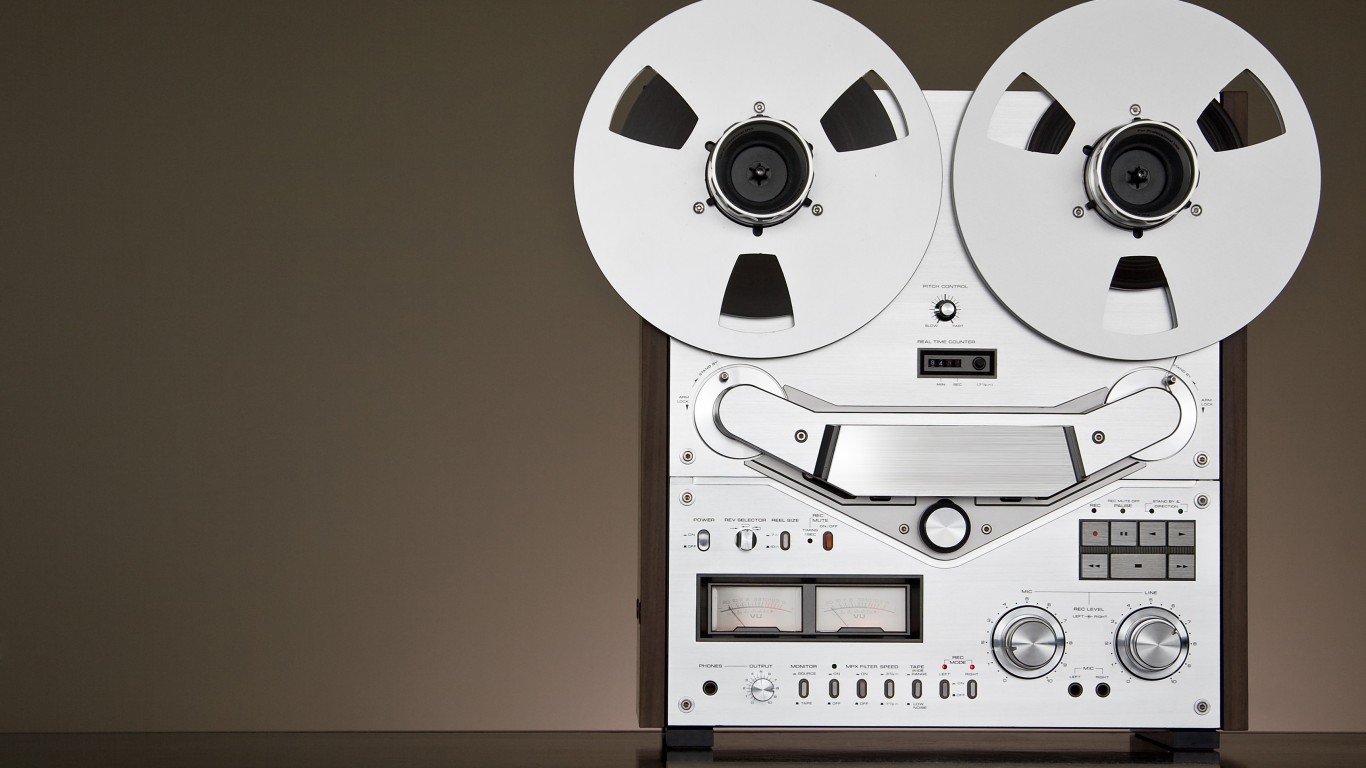
23. Reel-to-Reel Tape
Until digital recording format came along, sound professionals used reel-to-reel tapes. Audio was recorded on a magnetic tape held on a reel. There may be a revival in the works for both quality and nostalgic reasons. A German company introduced on a new reel-to-reel tape machine, but it costs about $12,000.
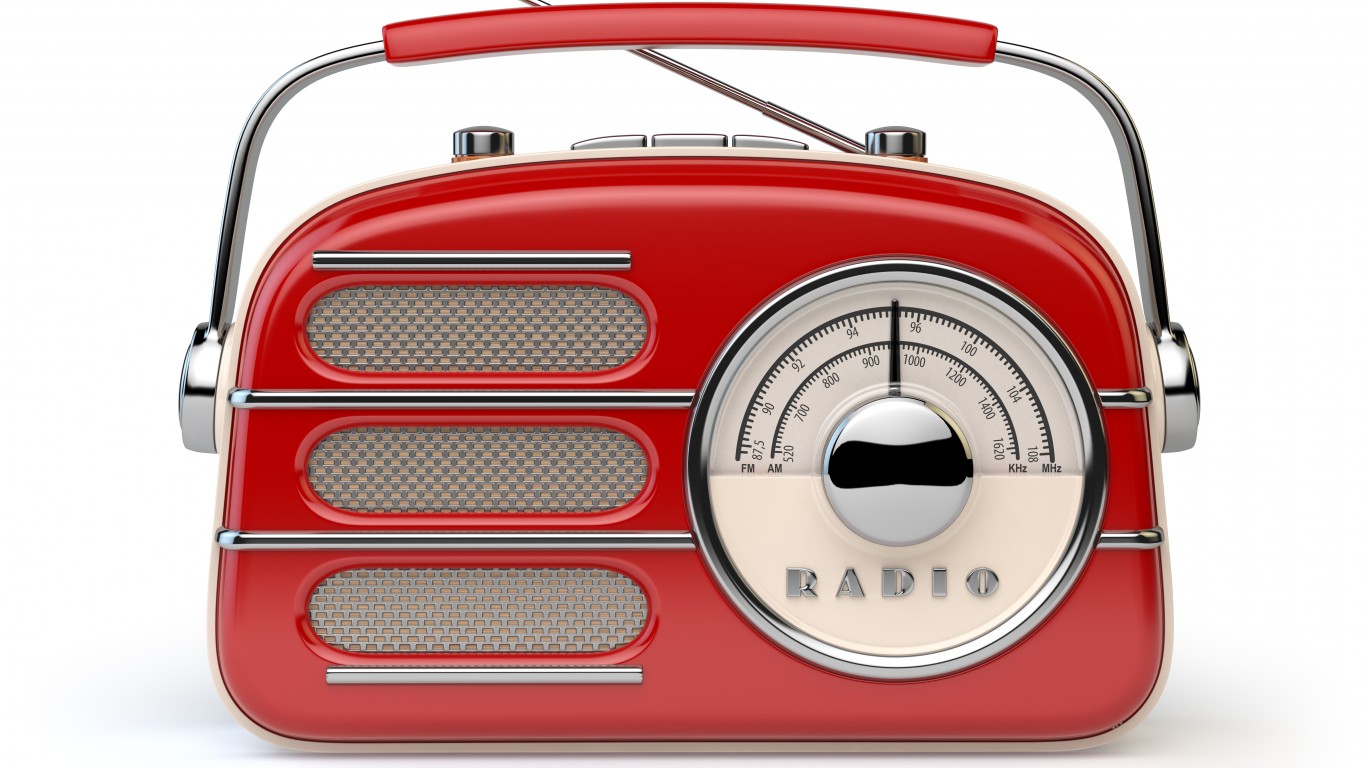
24. Transistor Radio
You could see them everywhere in the 1970s. People used transistor radios to listen to music and the radio on the go. As Steve Wozniak, the co-founder of Apple, had once said: “My first transistor radio… I loved what it could do, it brought me music, it opened my world up.”
[in-text-ad-2]
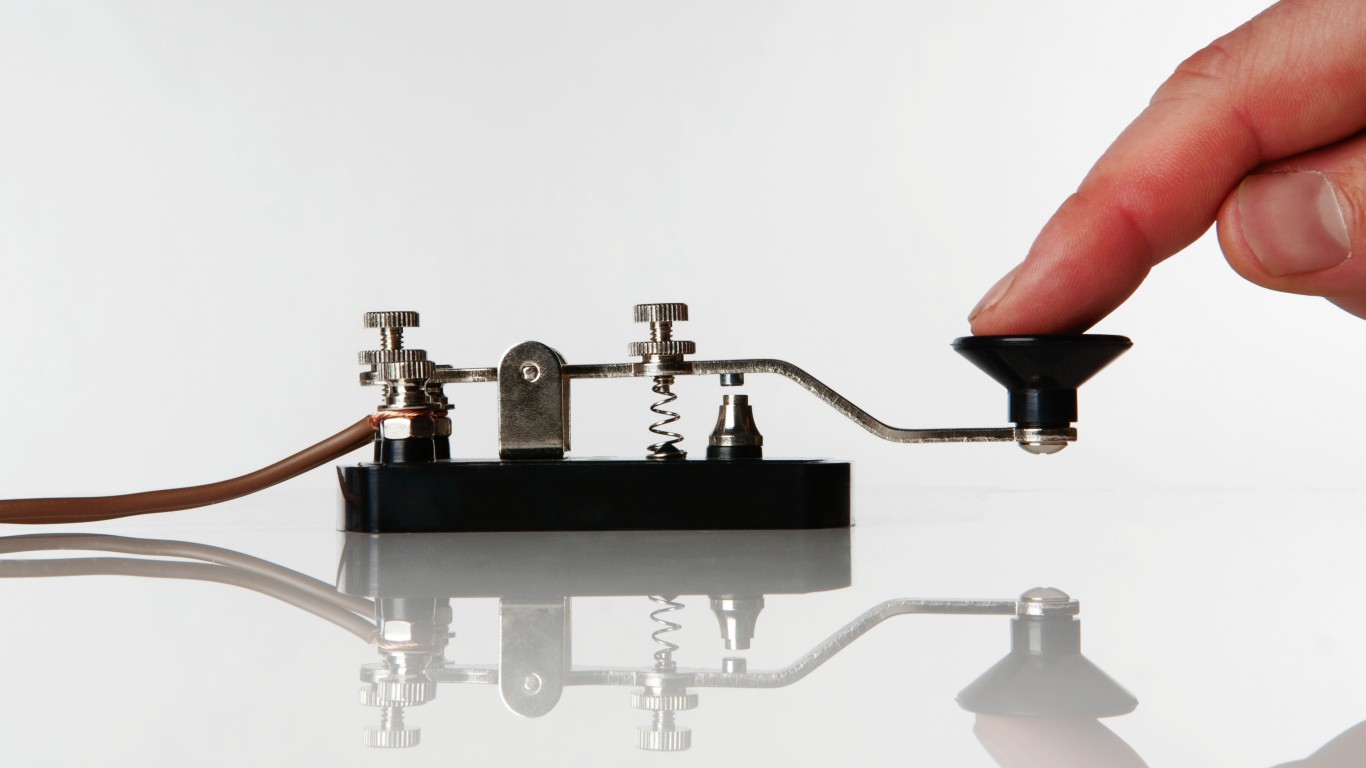
25. Telegraph
The telegraph is the forerunner to fax machines. It was the first device of its kind that made long-distance communication possible. It worked by transmitting electrical signals over a wire stretched between stations. The telegraph was the foundation of later communication inventions such as the telephone and even the internet.
Cash Back Credit Cards Have Never Been This Good
Credit card companies are at war, handing out free rewards and benefits to win the best customers. A good cash back card can be worth thousands of dollars a year in free money, not to mention other perks like travel, insurance, and access to fancy lounges. See our top picks for the best credit cards today. You won’t want to miss some of these offers.
Flywheel Publishing has partnered with CardRatings for our coverage of credit card products. Flywheel Publishing and CardRatings may receive a commission from card issuers.
Thank you for reading! Have some feedback for us?
Contact the 24/7 Wall St. editorial team.
 24/7 Wall St.
24/7 Wall St.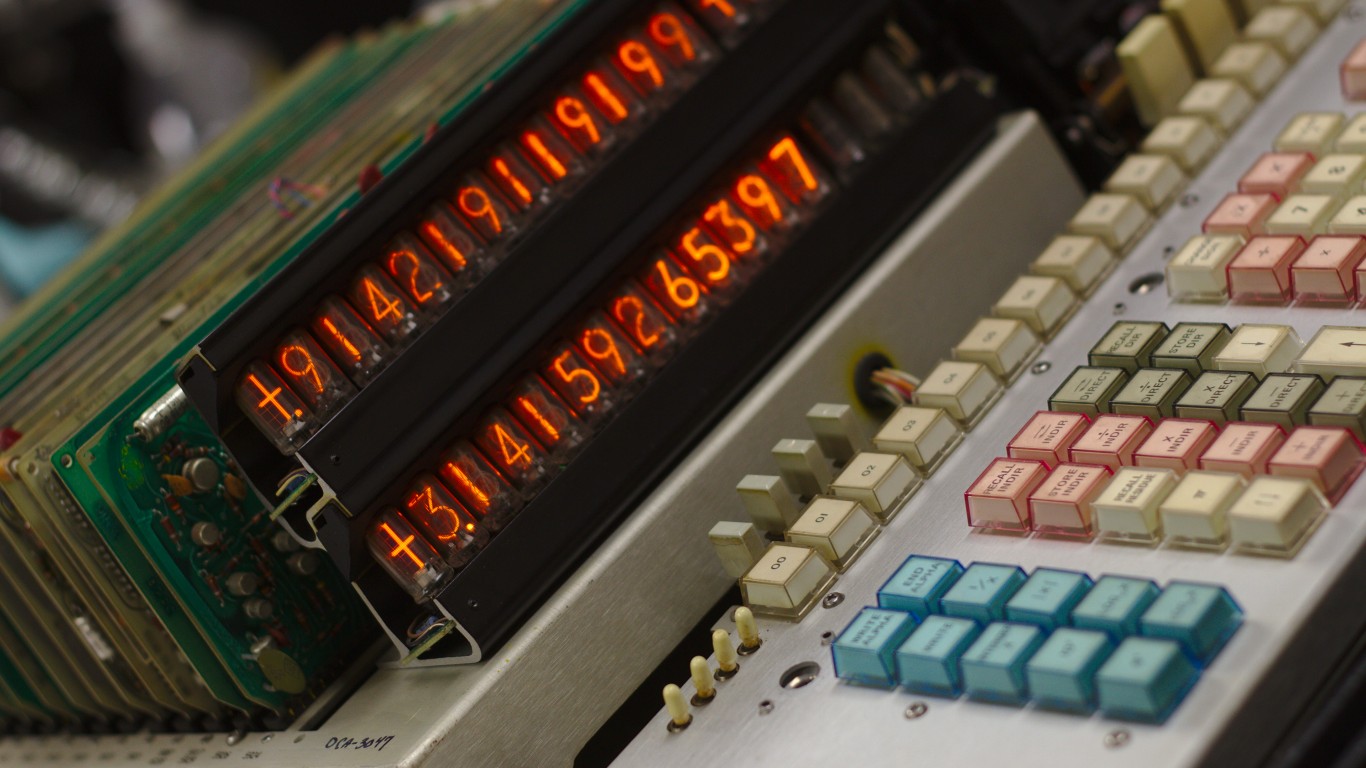
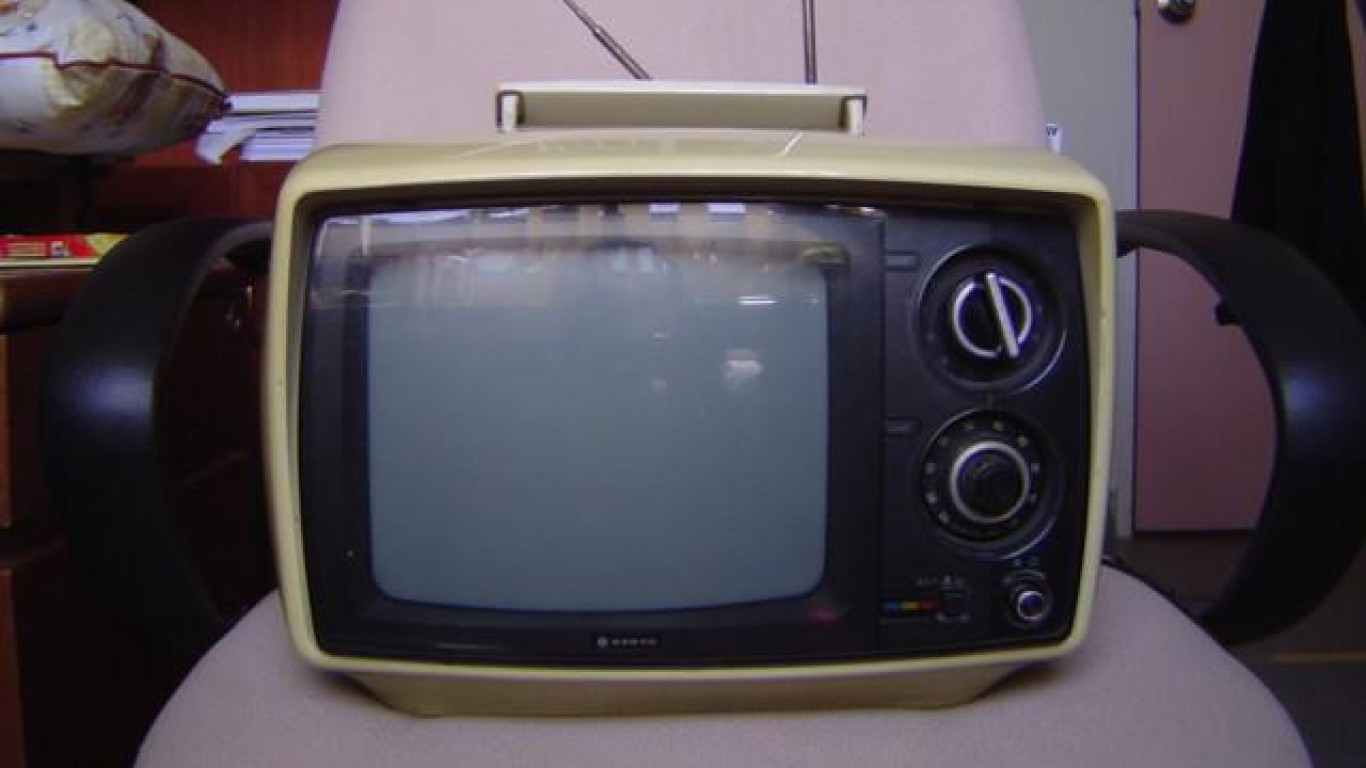
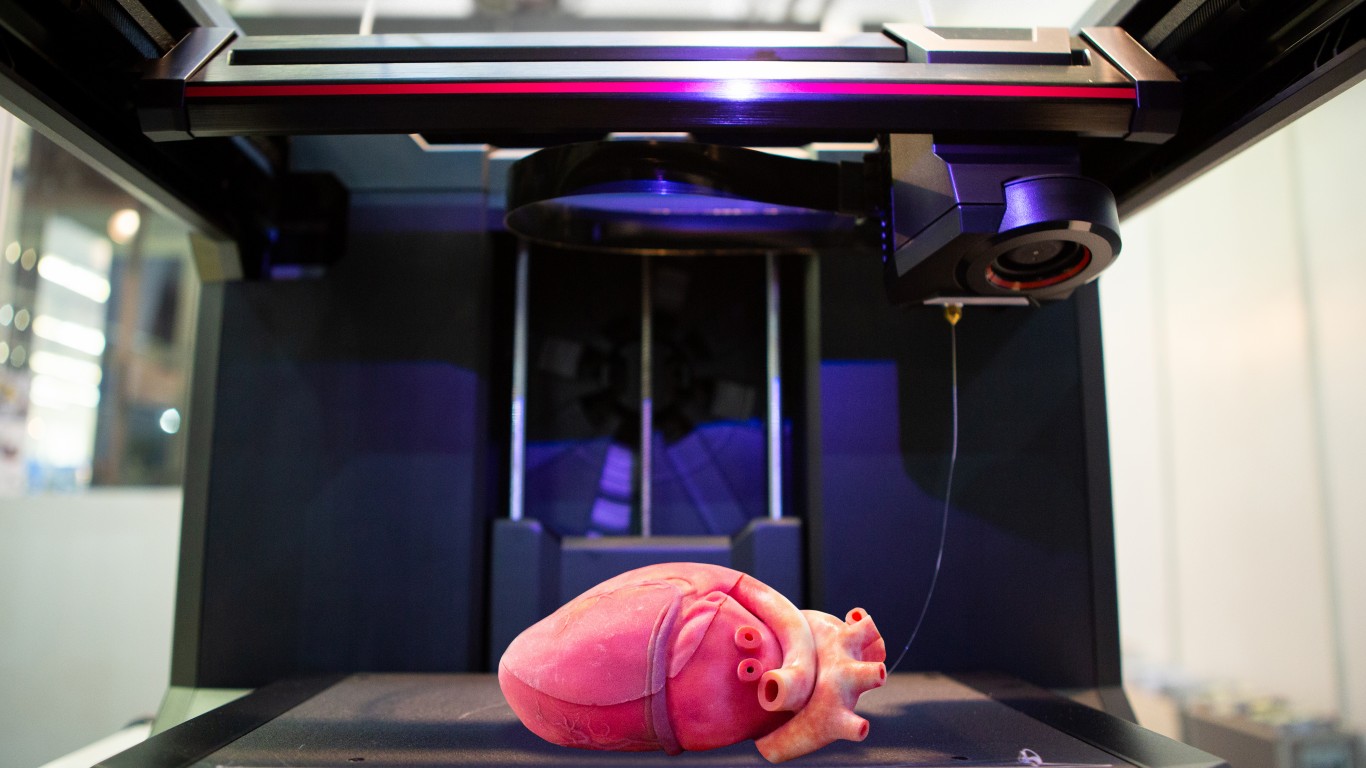 24/7 Wall St.
24/7 Wall St.